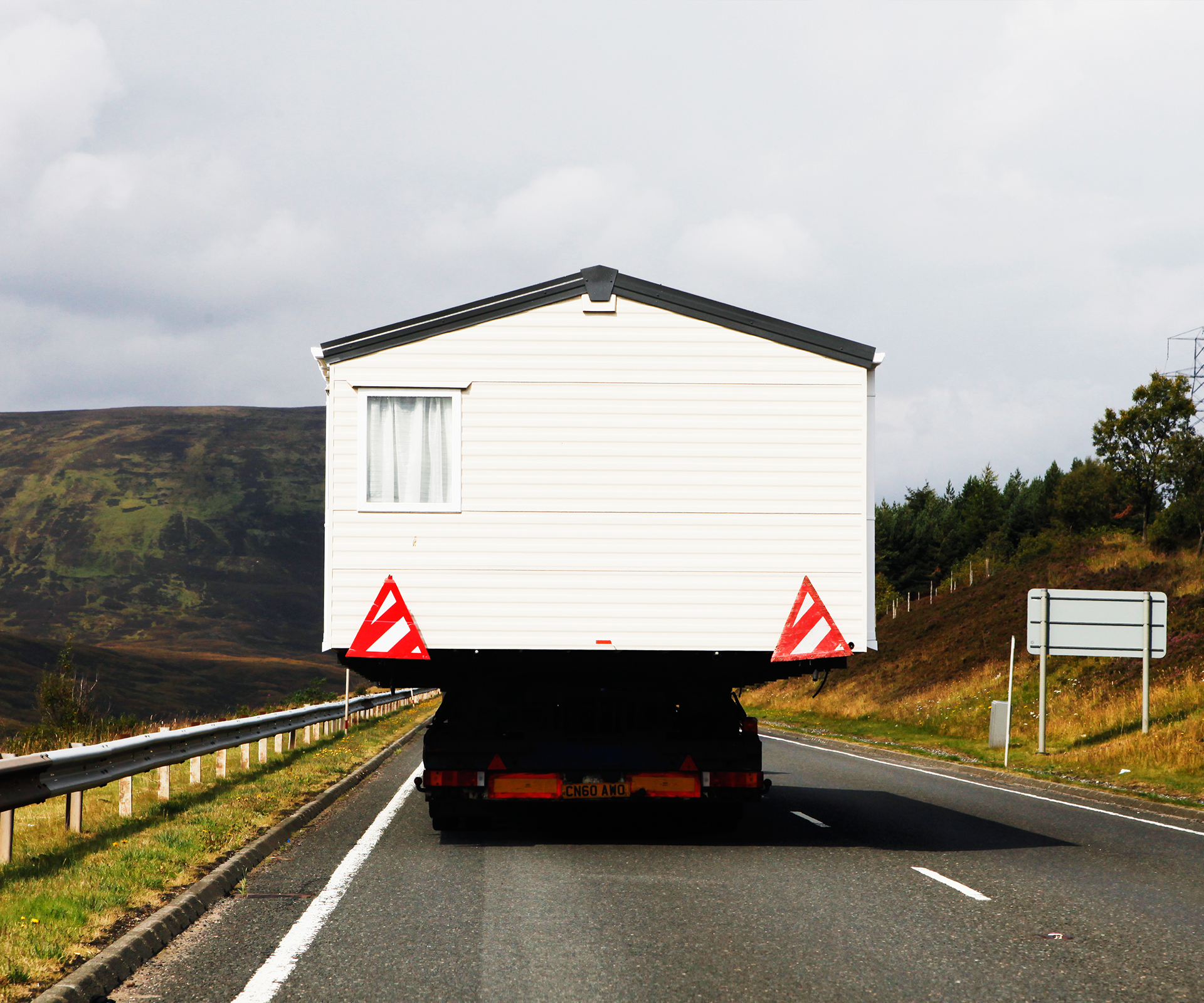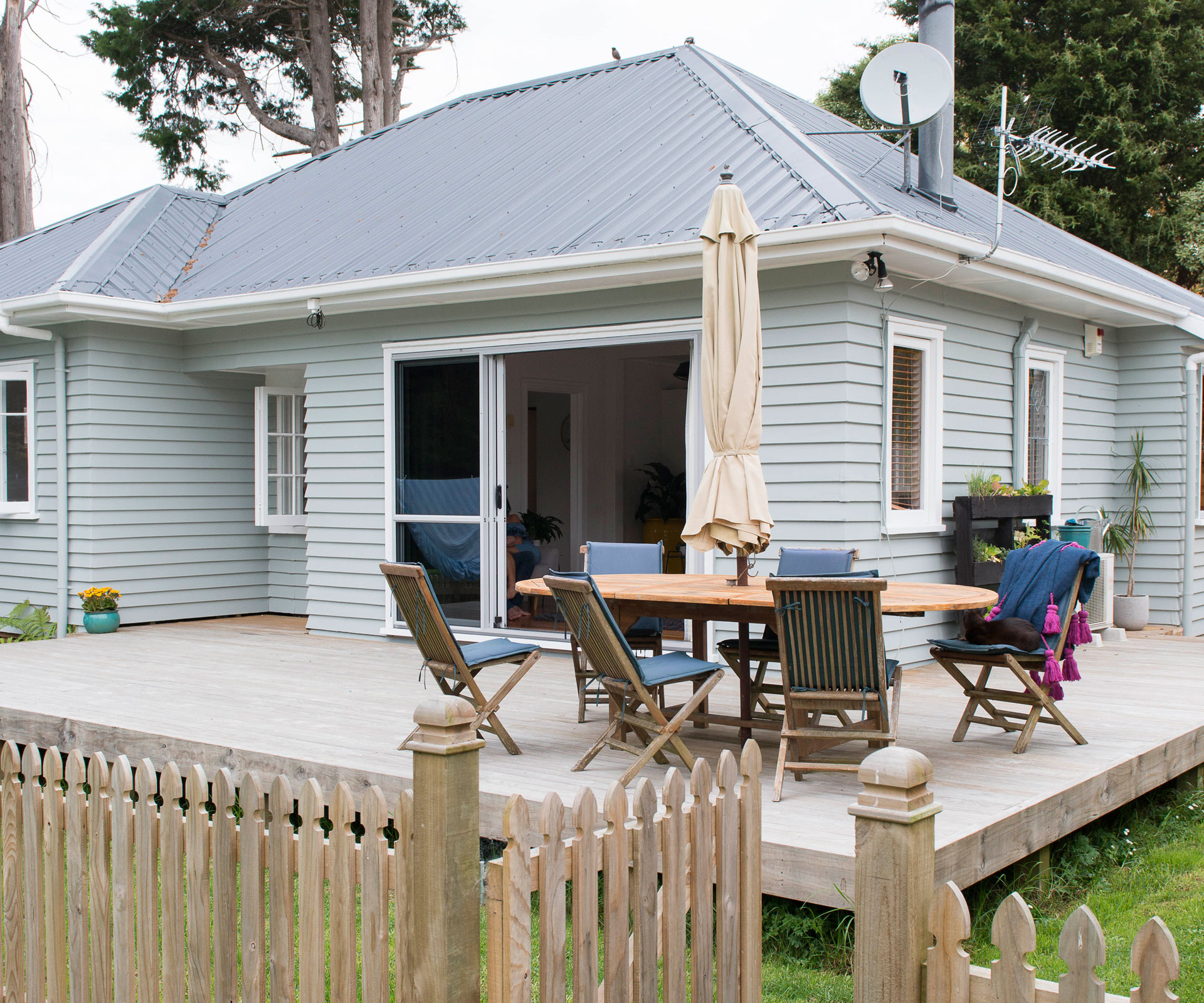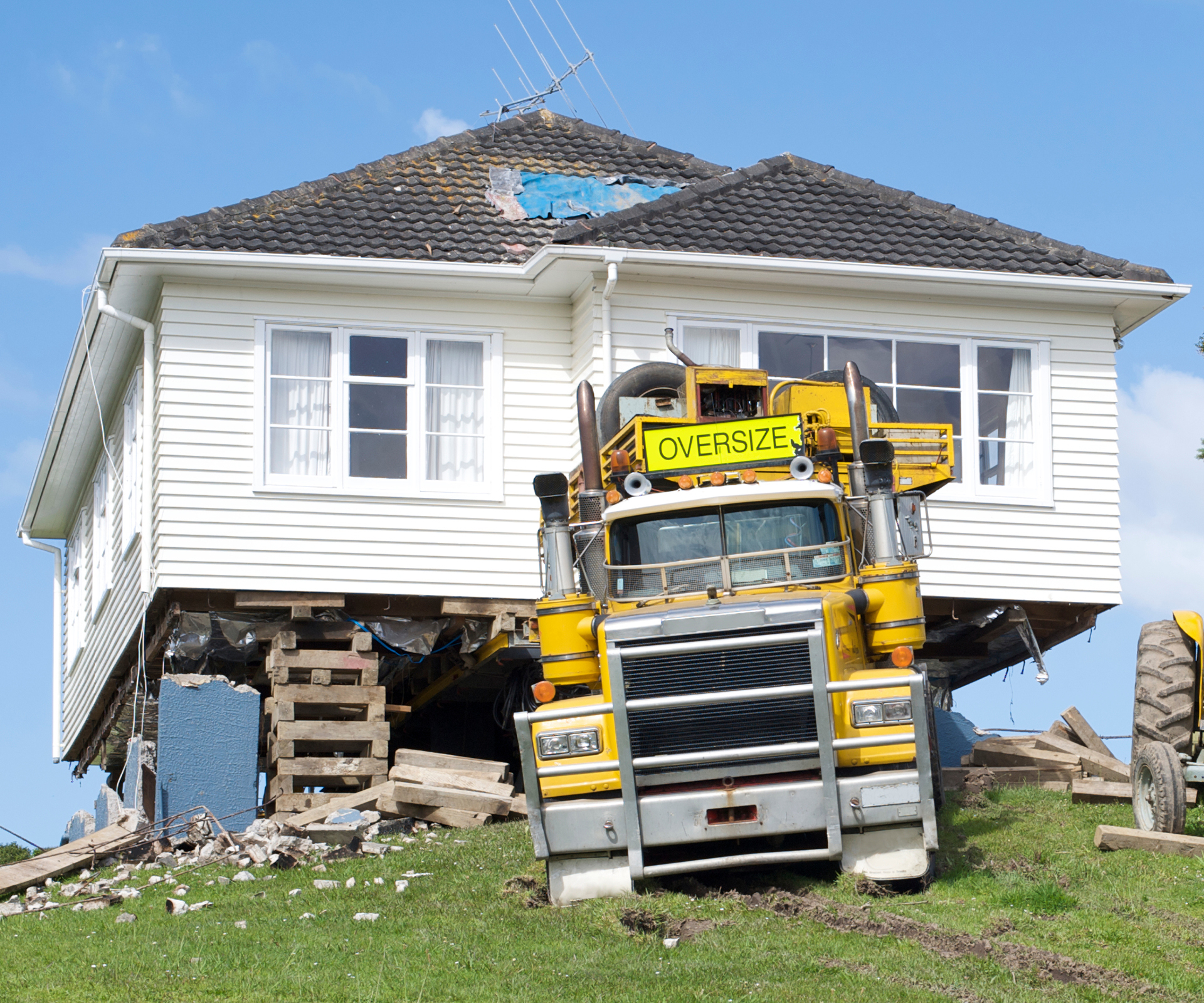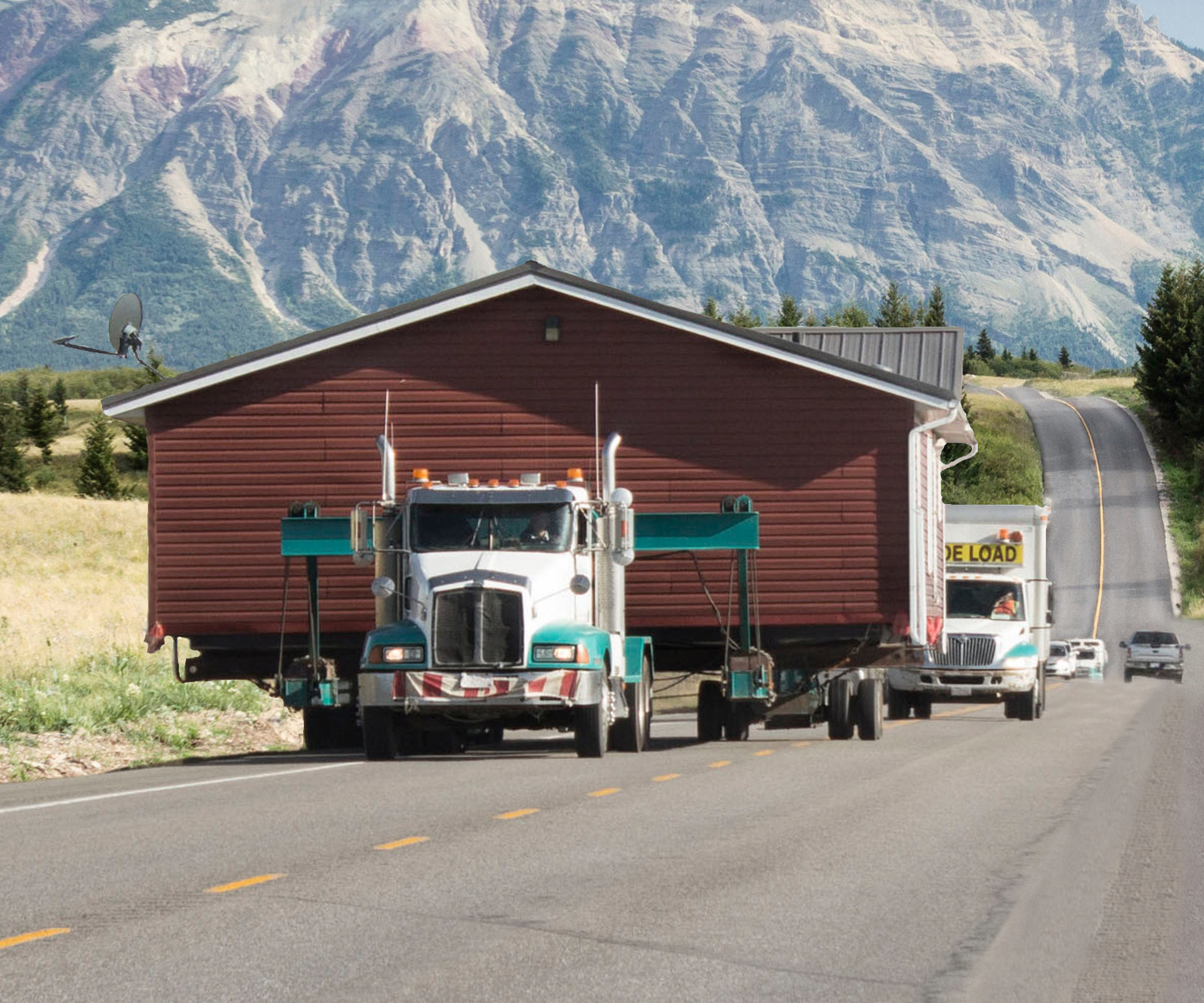With property prices more competitive than ever, a relocatable house can be a very cost effective way of getting a toehold on the property ladder. Use these tips as a guideline before you begin a relocation project

5 essential points to know if you’re considering a relocatable house
Second-hand shopping is not just for clothes and household items. It’s also a great option for homes and has become a common occurrence around New Zealand. The new Unitary Plan in Auckland is resulting in a major rethink of the way a property’s value is assessed. Generous suburban blocks with mixed house development zoning have seen a treasure trove of possibilities opening up and this has resulted in more opportunities to buy a solid, attractive house for relocation.
You can’t move brick houses, but the huge stock of timber houses in New Zealand means that the whole concept of moving an existing house is very accessible. There are companies that have extensive experience in the whole process, from gaining the appropriate consents and reports, through to the actual moving and relocation on site. This can be a very cost effective way of getting a toehold on the property ladder and older houses often offer character features and native hardwood timber construction which would be prohibitively expensive in a new build.
District councils around the country will have varying requirements and procedures to get all the red tape done for the process but here are some guidelines to consider before you embark on a home relocation project:

1. Buy the right site
The first consideration is to secure a site that is suitable. You will need to check that there are no covenants that will block the relocation of an existing home. A geotechnical report will be needed to assess the soil’s stability, which is crucial and could save thousands of dollars in additional engineering costs for foundations. You can also request that this report surveys the power, sewerage and drainage connections to the house site so you can be sure these can be connected at a reasonable price. Some sites have mains connections, in which case you will not need this additional report.
The site will need to have a wide, unobstructed entrance and be in an area with easy access roads to make relocation feasible. It’s also important to consider factors such as aspect, wind exposure, flood zones and easy contour for straightforward relocation.

2. Find your dream home
Before you fall in love with the rambling character villa that’s being moved off a site in a leafy suburb you need to ensure that it has good “bones”. This is extremely important as the process of lifting the building off the foundations, moving it and relocating it puts the structure under stress. The house needs to be sound and preferably built from hardwood native timber.
As well as the consents and reports that are required it’s important to consider the layout of the house and the aspect of the rooms once it is relocated to the site. Will you need to open up existing walls to create outdoor/outdoor flow on the new site? Will it be sheltered? What rooms will get the most sun? You may need to consider reconfiguring the house to maximise light, sun and views once it is on the new site and this needs to be factored into the overall cost and changes taken in on the building consent application.
You will need to get what is called a second-hand building report that confirms that the house is in a sound condition and is suitable for relocating. This report is a necessary requirement for you to obtain a building consent. Some councils will do this for you as part of the consent process, so do check out the provisions for this which are relevant to the district.

3. Experience counts
Don’t cut corners when it comes to the company you work with for relocating the house. There are some very experienced operators who will be familiar with all the provisions that need to be met to get sign off on consent, and the considerations that need to be taken into account when moving the house.
A thorough inspection by the company of both the house and the site you are moving it to is very important. The relocators will need to check access not just to both sites but also thoroughly map the route for trees, power poles, bridges, roundabouts and other elements which may affect the feasibility of the whole operation.
They will also assess if the house has to be cut in half for removal (which is very common), how much it needs to be manoeuvred onto the transport and other variables which may affect the cost of the move.
This is also the time to discuss any changes you may want to make to the house, and additions such as decks, verandahs, garages and sheds. These will be needed to get the building consent. Even if you may be doing this work in stages it makes sense to square all this off in one go rather than having to pay to get this work consented at a later date.

4. Getting consents
Your contractor will help to guide you through the process of getting building consent and you will also need to decide exactly where on the site you want the house to be positioned. This information can be drawn on your Certificate of Title, and will include details such as orientation, meters to boundaries and features such as power poles and driveways.
Resource consent is a common requirement to relocate a house and if you are thinking of subdividing the site, or putting up other secondary structures, you may need extra consents for this work. Do your homework to make sure you have all the paperwork that is needed for the whole operation to run smoothly.

5. The move
It is very important to get insurance for your house when it is on its original site, then cover off insurance for the move itself and while the house is in transit, and also contract works insurance. If you experience delays in getting council tick off some companies offer interim storage of the house from when it is lifted to when it is finally relocated.
All house removals happen at night and often the house is moved in sections, then joined once on site. All foundations, utilities, etc, need to be completed and signed off before you embark on the move. Remember once the house is on site you will need to observe the usual safety procedures of any construction site, such as fencing and adherence to health and safety laws.
Now all the hard work’s over and you get to do all the fun things to create your perfect home.
Words by: Sarah Beresford. Images by: Am2photo/Getty, Sarah Horn, Helen Bankers, Apsimo1/Getty, Nathan4847/Getty, Helen Bankers.
EXPERT PROJECTS

Create the home of your dreams with Shop Your Home and Garden
SHOP NOW











